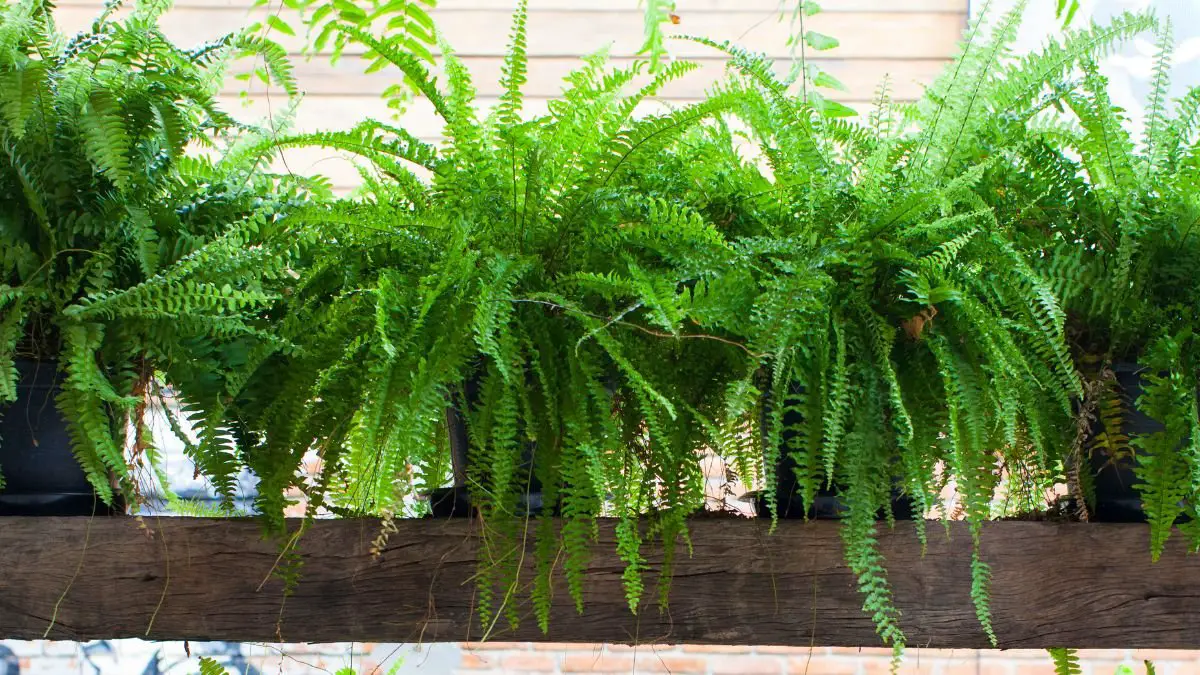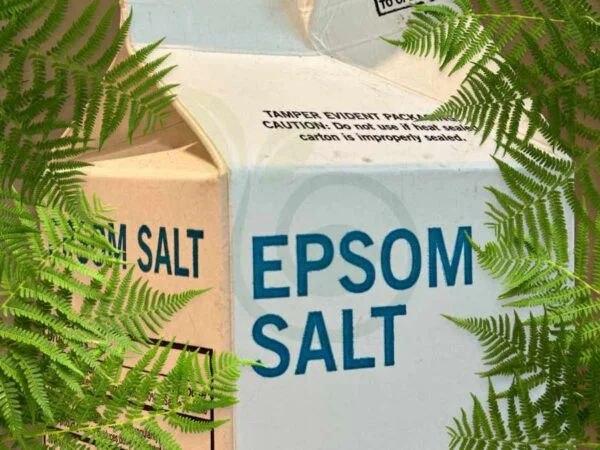Are you struggling to keep your ferns thriving? Wondering how to give them a new lease on life? Repotting your ferns might just fill a bit the plant world they need. In this guide, we'll walk you through the simple steps to successfully repot your ferns and help them flourish in their new home.
Whether your ferns are outgrowing their current pots or showing signs of distress, repotting can rejuvenate them and promote healthy growth. Stay tuned as we unveil the secrets to repotting ferns like a pro and watch your plants thrive in no time.
Key Takeaways
- Recognize Signs: Look for signs like roots growing through drainage holes, slow growth, or the plant becoming root-bound to know when to repot your ferns.
- Timing Matters: Repot ferns in spring when they are actively growing for the best results.
- Choose Wisely: Select a pot that is one size larger than the current one, with proper drainage holes to prevent waterlogging.
- Soil Preparation: Use a well-draining mix like peat moss, perlite, and potting soil for healthy fern growth.
- Step-by-Step Guide: Follow a systematic approach by gently removing the fern, loosening roots, placing it in the new pot, and filling with soil.
- Water Wisely: Water your repotted fern sparingly at first, gradually increasing as it adjusts to the new environment.
Recognizing Repotting Signs
Stunted Growth
Stunted growth can be identified by comparing the current size of the fern to its expected growth rate. Look for signs of nutrient deficiencies that may be causing the stunted growth. Address any stunted growth promptly to prevent further issues from developing.
Root-Bound Symptoms
To recognize root-bound symptoms, check if the roots are circling the bottom or sides of the pot. Observe if water is running straight through the pot without being absorbed, indicating potential root-bound issues. Yellowing leaves and slow growth are also indications of root-bound symptoms.
Cracked Pots
Discard cracked pots immediately to prevent root damage and ensure plant health. Replace cracked pots with suitable alternatives that provide adequate space for root growth. Avoid using cracked pots as they can hinder the overall health and development of your ferns.
Ideal Repotting Timing
Seasonal Guidance
Repot ferns in spring to provide them with the best conditions for growth. Spring allows the plants to adjust gradually to their new environment. Choosing this season helps minimize the stress on the ferns during the repotting process.
Understanding the growth cycles of ferns is crucial for determining the ideal time for repotting. By monitoring the plant's growth stages, you can plan when to repot effectively. Adjusting the frequency of repotting based on these growth patterns ensures optimal plant health and development.
Selecting the Right Pot
Material Matters
Select pots made of breathable materials like terracotta. Opt for pots with good drainage to prevent waterlogging. Consider pot materials that promote healthy root growth.
Size Considerations
Choose a new pot size slightly larger than the current one. Avoid excessively large pots that can lead to overwatering. Opt for gradual pot size increases for healthy fern growth.
Preparing the Soil
Soil Mix
To ensure optimal growth for ferns, use a well-blended soil mix with high moisture retention. Tailor the mix to meet the specific needs of ferns. Consider Soil.Ninja's specialized fern mix for best results.
Drainage Essentials
When repotting ferns, it is crucial to provide adequate drainage holes in the new pot. Enhance drainage by layering clay pebbles at the pot's base. This helps prevent waterlogging and ensures the plant's health.
Repotting Step-by-Step
Removing the Fern
Loosening Roots
- Gently loosen compacted roots to promote growth.
- Avoid excessive root disturbance to prevent plant shock.
- Loosen roots moderately for optimal new growth stimulation.
Cleaning the Pot
- Clean the new pot to remove any debris effectively.
- Disinfect the pot to prevent disease spread.
- Ensure the pot is free from pests and pathogens for a healthy environment.
Transferring Fern
Soil Layering
- Layer clay pebbles at the base for better drainage.
- Add a layer of specialized fern soil above the pebbles.
- Create a suitable soil structure for successful fern repotting.
Positioning Fern
- Place the fern in the center of the new pot securely.
- Ensure it sits at the same depth as before for stability.
- Carefully position the fern to avoid root damage during transfer.
Watering Techniques
Immediate Care
After repotting your fern, water it immediately to help it settle into its new pot. Provide gentle care and avoid any sudden changes in lighting or temperature. Monitor closely for signs of stress like wilting leaves.
Ongoing Schedule
Establish a regular watering schedule for your fern after repotting to maintain its health. Monitor the growth of the fern regularly and adjust watering routines as needed. Keep a consistent care routine to ensure healthy development.
Post-Repotting Care
Light Requirements
Ferns thrive in indirect light to avoid leaf burn, so position them strategically indoors. Direct sunlight should be avoided as it can harm ferns. Providing consistent moderate light is key for healthy fern growth.
Humidity Control
Maintaining high humidity levels is crucial for ferns to flourish post-repotting. Utilize tools like a humidifier or pebble tray to regulate humidity effectively. Regularly check and adjust the humidity levels to ensure optimal conditions for your ferns.
Monitoring for Stress
Leaf Health
Inspect fern leaves regularly for any signs of discoloration or damage, which can indicate stress. Trim any yellowing or damaged leaves to encourage new growth and maintain the plant's health. Keeping an eye on leaf health is crucial as it serves as a key indicator of your fern's overall well-being.
Root Vigilance
Regularly check the fern roots for signs of overcrowding, which can lead to stress and hinder growth. Monitoring root health is essential to prevent root-bound conditions that can stunt the plant's development. During repotting, ensure to trim any unhealthy roots to promote optimal growth.
Troubleshooting Common Issues
Wilting Leaves
Address wilting leaves promptly to prevent further damage. Check soil moisture levels to rule out dehydration. Adjust watering frequency to revive wilted fern leaves.
Root Rot
Identify root rot by inspecting roots for dark, mushy areas. Treat root rot promptly to save the fern. Adjust watering practices to prevent future root rot occurrences.
Closing Thoughts
After mastering the art of repotting ferns, you are now equipped to ensure your plants thrive. By recognizing the signs, selecting the right pot, and following the step-by-step process, you have set your ferns up for success. Remember to monitor for stress and troubleshoot any issues promptly to maintain their health. Your dedication will be rewarded with lush, vibrant ferns gracing your living space.
Take this newfound knowledge and apply it not only to your ferns but also to other houseplants in need of repotting. Share your expertise with fellow plant enthusiasts and continue to hone your skills in plant care. Your green thumb will flourish as you nurture your botanical companions with confidence and precision.
Frequently Asked Questions
How do I know when it's time to repot my ferns?
If your fern is root-bound, showing signs of stunted growth, or roots are coming out of the drainage holes, it's time to repot. Look for these indicators to determine when your fern needs a new home.
What is the best time to repot my ferns?
Spring is the ideal time to repot ferns as they enter their active growing phase. This allows them to recover quickly from the stress of repotting and adapt to their new environment with ease.
How do I select the right pot for repotting my ferns?
Choose a pot that is one size larger than the current one, ensuring it has proper drainage holes. Opt for a breathable material like terracotta or ceramic to prevent waterlogging and promote healthy root growth.
What soil mix should I use when repotting my ferns?
Prepare a well-draining mix using equal parts peat moss, perlite, and coarse sand. This blend provides good aeration, moisture retention, and nutrients essential for healthy fern growth after repotting.
Can you provide some tips on watering techniques post-repotting?
After repotting your ferns, water thoroughly until excess water drains out. Allow the top inch of soil to dry before watering again. Ensure the pot has proper drainage to prevent waterlogged roots and potential rot issues.
Image Source: Paid image from CANVA





